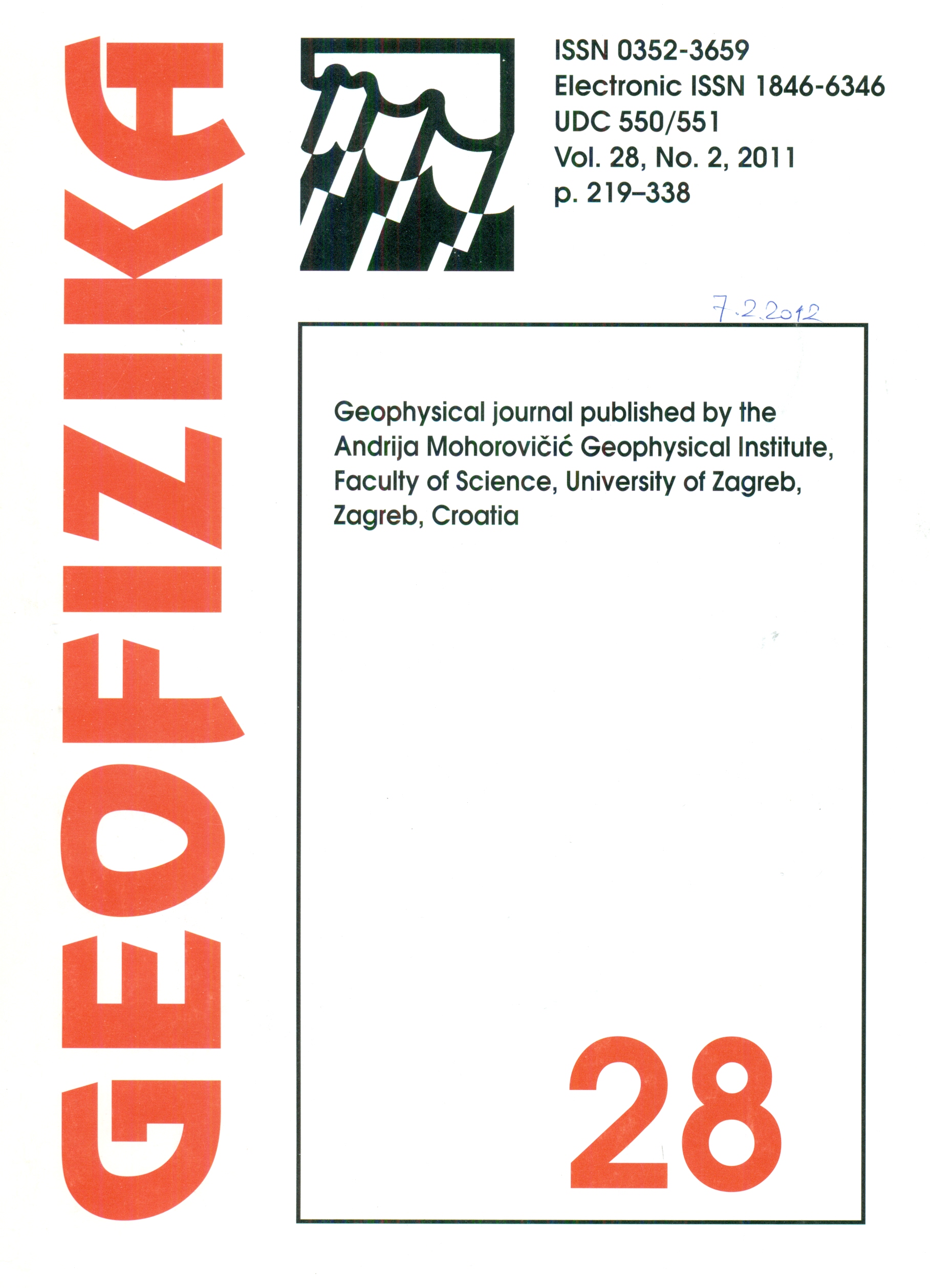Subsurface structural mapping using gravity data of the northern edge of the Congo craton, South Cameroon
Keywords:
Bouguer anomaly, Congo Craton, Euler deconvolution, Spectral analysis, 3D gravity modellingAbstract
In this work, the subsurface structures in a part of the northern edge of the Congo Craton in south Cameroon between the latitudes 2° 30´ to 4° 30´ N and the longitudes 11° to 13° E, has been estimated by the interpretation of gravity data. For quantitative interpretation of the sources of the anomaly, a 3D density model of the upper crust was designed by means of forward modelling and inversion constrained by surface geology and results from Euler deconvolution and spectral analysis methods. The Bouguer anomaly map of the area is characterized by elongated SW-NE trending negative gravity anomaly which correspond to a collapsed structure associated with a granitic intrusion beneath the center of the region and by various gravity highs associated with an uplift of the Pan-African basement in the north and delimited by a strong gradient in relation with the tectonic boundary between the Congo Craton and the Pan-African belt. Our result demonstrated that tectonic structures associated to observed gravity anomalies in the region were put in place during a major continental collision.
Downloads
Published
Issue
Section
License
Copyright (c) 2021 Geofizika journal

This work is licensed under a Creative Commons Attribution-NonCommercial 4.0 International License.

